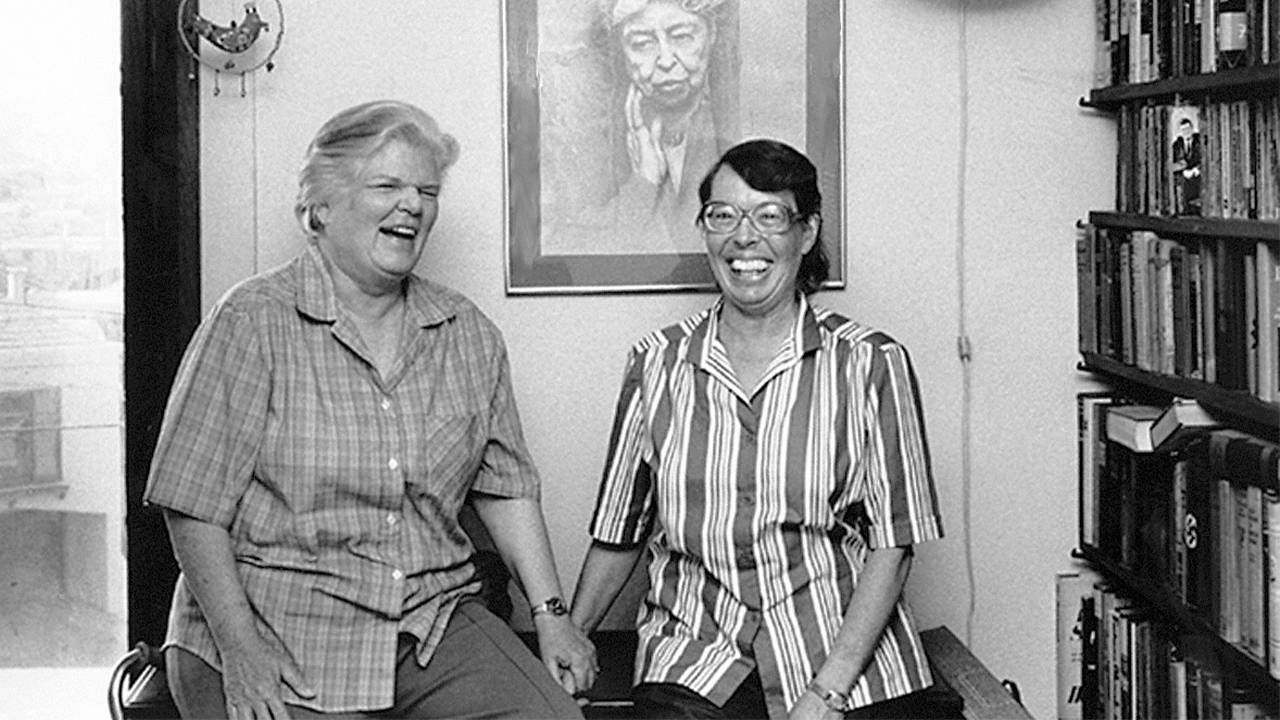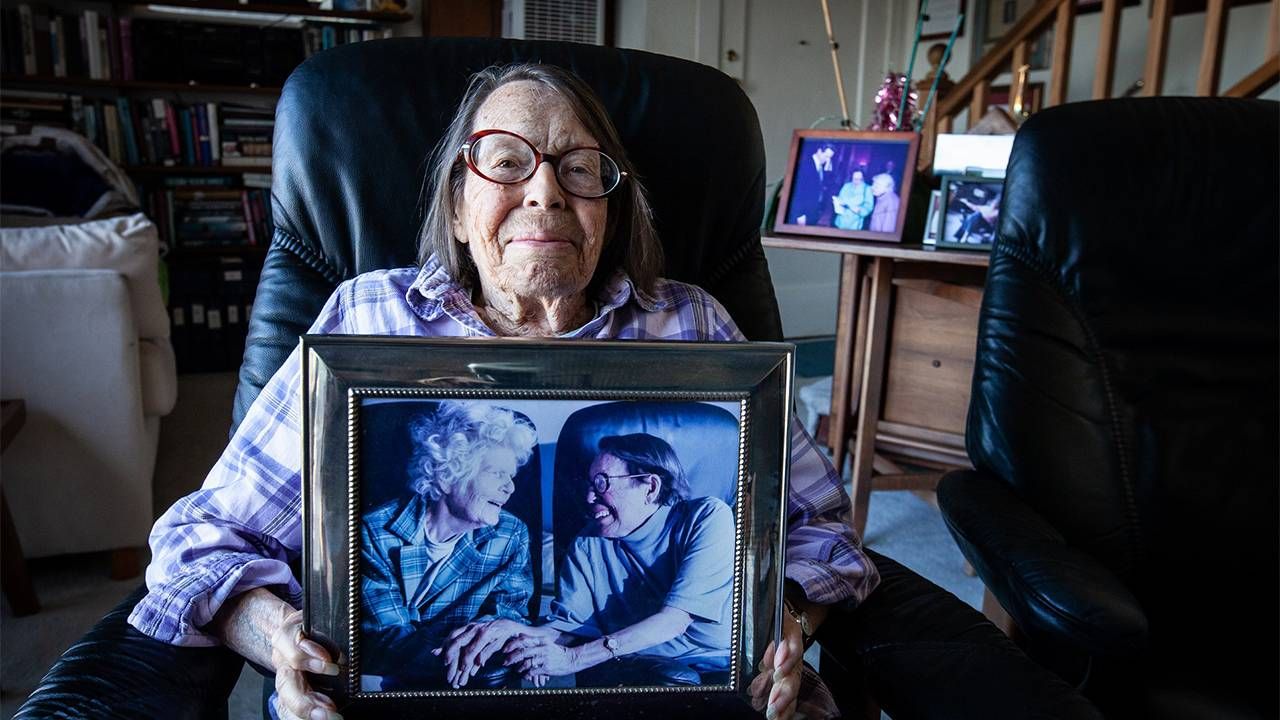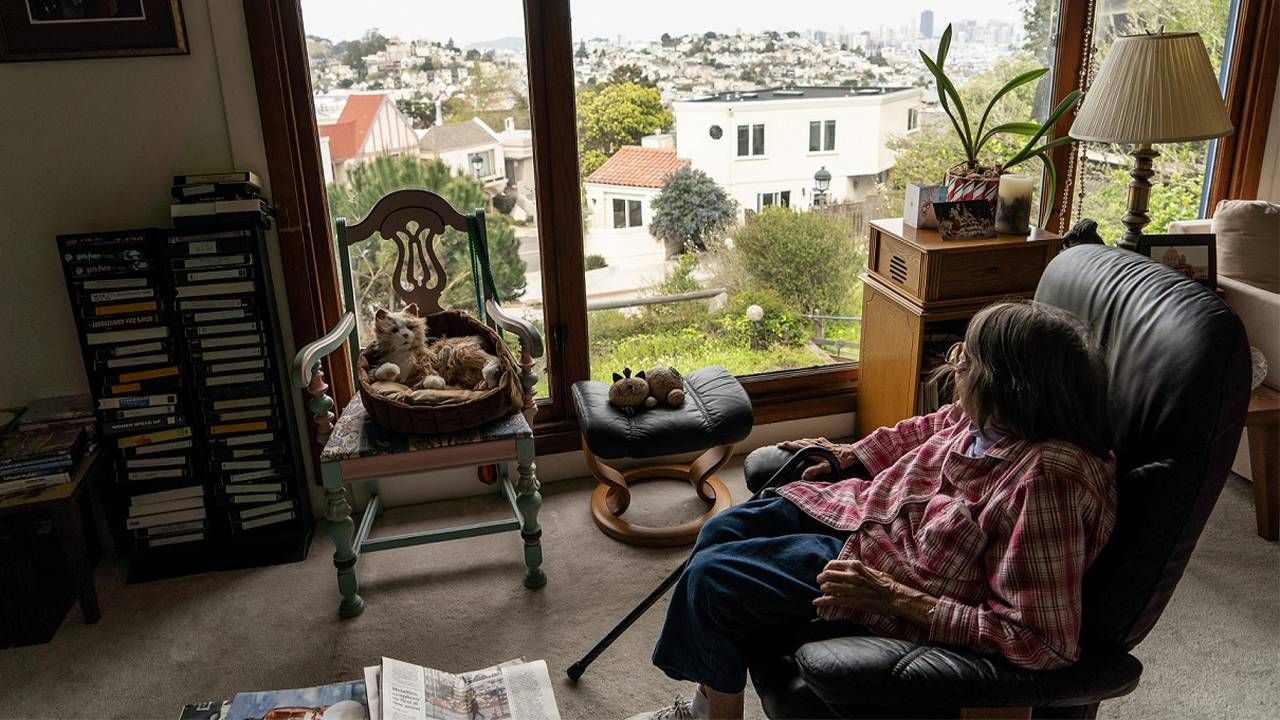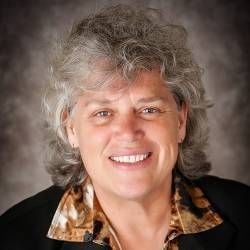Honoring 2 Pioneering Lesbian Feminist Activists
Phyllis Lyon and Del Martin changed the world, and their home is now a landmark
Shayne Watson, an architectural historian, was mindlessly scrolling through her Facebook feed in September 2020 when her adrenaline kicked in. An important legacy was about to be swallowed up.

A little blue one-bedroom San Francisco hilltop cottage with a huge picture window framing the city had just sold for $2.25 million. The article Watson saw touted its redevelopment potential.
Watson read that as "demolition" and thought this could be tragic.
She knew this was the home of pioneering activists Phyllis Lyon and Del Martin (the first same-sex couple to legally marry in California). It was where lesbian activism was born in the U.S. in the 1950s, and where, for five decades, the couple provided safe haven and helped change the world for women and LGBTQ people.
The Importance of the Lyon-Martin House
The picture window was especially important. Lyon and Martin bought the house in 1955 partly for its beautiful view. But guests also realized that if they could see out, others could see in and they were afraid. So, curtains went up.
Watson knew she had to protect this home.
"Their house was a place where women could come together and dance and have potlucks at a time when it was dangerous to be openly gay," said Watson, co-author of a 381-page San Francisco LGBTQ history report.
"It was a place where women were allowed to meet discreetly and come up with plans and policies."

It was also, Watson noted, an alternative to the bars — "a sad and dark story at the time; their house was about love and progress."
Since being gay was deemed an illegal activity in the United States for so many years, "there are few, if any, purpose-built gay landmarks," said Richard Adkins, 72, an officer with Hollywood Heritage, a historic preservation society. "These women placed their residence at risk in order to further their belief and commitment to equality."
Organizing for Landmark Status
Watson brought together a group known as Friends of Lyon-Martin House and after months of grassroots organizing, they helped get the house designated a San Francisco landmark in May 2021. It is the first lesbian historical site in San Francisco.
With a historical landmark, certain characteristics of the property that represent the period and the nature of its significance can't be changed. In the case of the Lyon-Martin House, that means the continued existence of the house itself. The house can't be demolished, and certain parts of the interior must remain as is.
Community groups, in cooperation with the new owners (Paul McKeown and his wife Meredith Jones-McKeown, according to the Bay Area Reporter), are discussing if and how to use the house and how to honor it publicly. A video tour is planned.
Who Were These Women and What Motivated Them?
Martin and Lyon lived and worked together for 54 years before Martin died in 2008 at 87. Lyon died last year, at 95.
"Their house was a place where women could come together and dance and have potlucks at a time when it was dangerous to be openly gay."
They met in 1950 in Seattle as journalists working together at a building trade organization.
"I'd never seen a woman carrying a briefcase before," Lyon said with a smile in "No Secret Anymore," a 2003 documentary about the couple. She was fascinated.
"I knew I was different," Martin said in the film. "As a kid, when we played house, I played the husband and dressed in my father's clothes. I had a little cowboy outfit too."
But she did what the times demanded, married a man and gave birth to a daughter. It didn't last long. "I realized I had to get out and come to terms with myself," Martin said.
This was the era when President Dwight Eisenhower signed an Executive Order declaring "sexual perversion" — code for homosexuality — a security risk.
The Daughters of Bilitis
Known as the "Lavender Scare," LGBT people were barred from federal jobs. Many were fired under suspicion and swept up in Sen. Joseph McCarthy's anti-Communist rampage, being labeled "Communist sympathizers."

In this climate, Martin and Lyon launched the first public lesbian organization, the Daughters of Bilitis. (The name comes from "The Songs of Bilitis," an 1894 collection of lesbian love poems by French poet Pierre Louÿs. Bilitis is a fictional lesbian who lived on the Isle of Lesbos alongside the Greek poet Sappho.)
If anybody asked the group who they were, "we could say it's a Greek poetry society," Martin quipped.
Their newsletter, "The Ladder, "passed hand-to-hand in a brown wrapper rather than risking mail service. Some subscribers used fake names and the list was carried around so no one could break into the house and steal it.
"In those days, we were considered illegal, immoral and sick," said Martin.
They then proceeded to take on three formidable institutions: government, psychiatry and religion.
How the Couple Took on Goliaths
When Martin and Lyon tried to get laws changed, legislators told them to get religious leaders on board. So, in 1964 they co-founded the Council on Religion and the Homosexual with San Francisco religious leaders.
In 2004, Martin and Lyon, were the first to wed in San Francisco when Mayor Gavin Newsom ordered marriage licenses issued to same-sex couples.
They then began working with the American Psychological Association, which, in 1973, dropped homosexuality from its list of mental disorders.
In 2004, Martin and Lyon, were the first to wed in San Francisco when Mayor Gavin Newsom ordered marriage licenses issued to same-sex couples. And they were the first to marry again there in 2008, after the California Supreme Court affirmed same-sex marriage.
Confronting discrimination wherever they found it, the women often chose straightforward, gutsy methods.
When the National Organization for Women tried to exclude lesbians, Martin got herself elected to the board; in 1977, she and Lyon helped get a lesbians' rights plank into the organization's agenda.
Making Waves as They Got Older
Aging didn't slow them down.
As members of President Bill Clinton's White House Conference on Aging in 1995, Lyon and Martin noticed the organizations' documents never mentioned gays or lesbians. "It makes me cry," said Lyon, recalling a friend who feared nursing homes because she wouldn't be able to share her memories or talk about her life — she'd be back in the closet.
Lyon and Martin reminded the conference's 125,000 attendees that lesbians, gay men, bisexual and transgender people grow old, just as straight people do, and needed to be included explicitly in aging policies.
"Many, many people came up to them and said 'You saved my life.'"
Besides challenging social institutions, they helped individuals, too.
"Many, many people came up to them and said 'You saved my life' and that's amazing," their daughter Kendra Mon said in the documentary. She recalled growing up with the phone ringing in the middle of the night. "They never shut anyone out," said Mon.
The couple was surprised to see the amount of change for LGBTQ people in their lifetime.
Said Martin: "That we're sitting here talking like this now is a miracle to us." But, she cautioned, "nothing is permanent but change; it can change back to the way it was."
At the end of her life, Lyon had Alzheimer's. A caretaking team of friends and admirers made sure she could continue living independently in her home.
"Phyllis gave so much to people's quality of life, they wanted to give quality of life to her in return," said Deborah Svoboda, one of her caretakers and a filmmaker creating a documentary from the caretakers' view.


